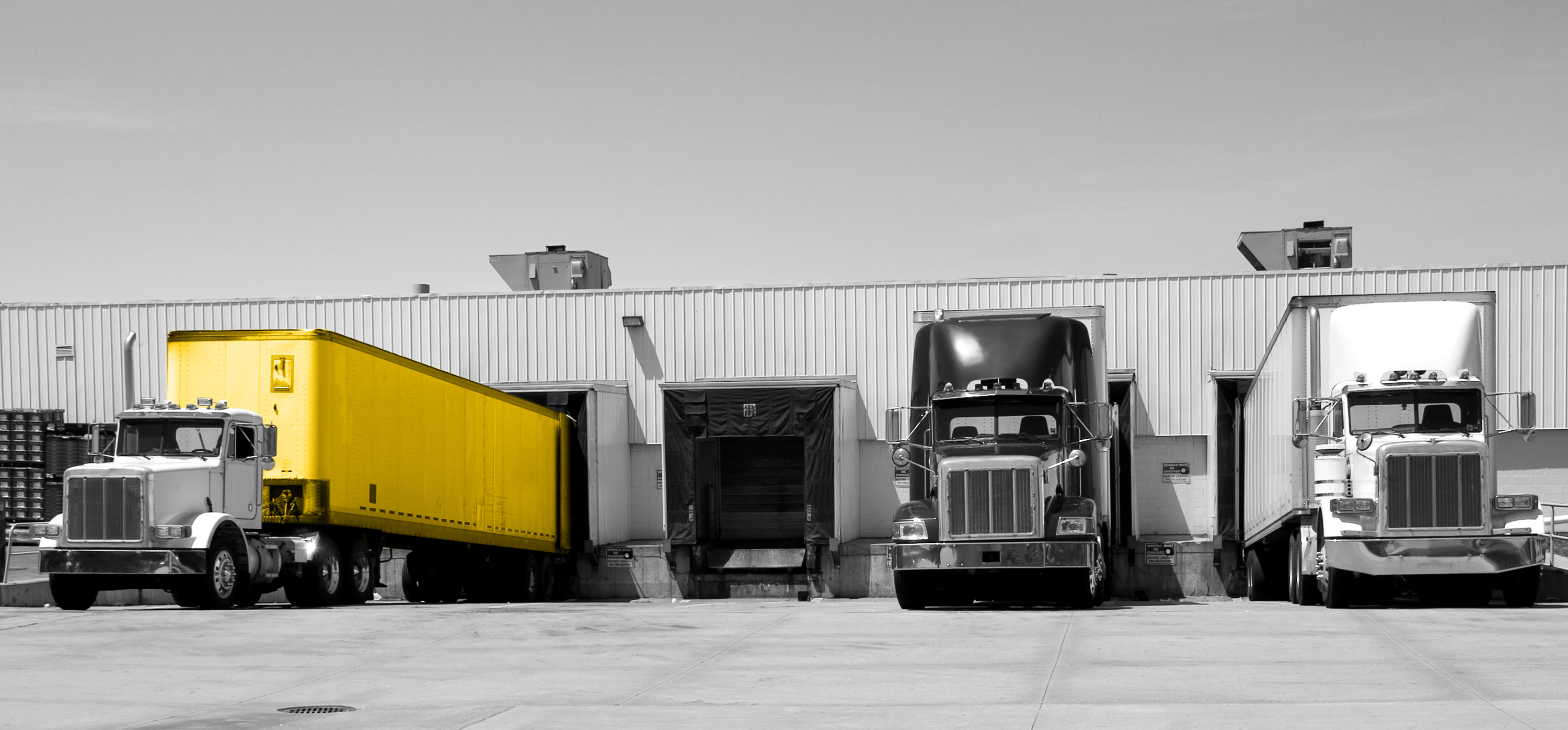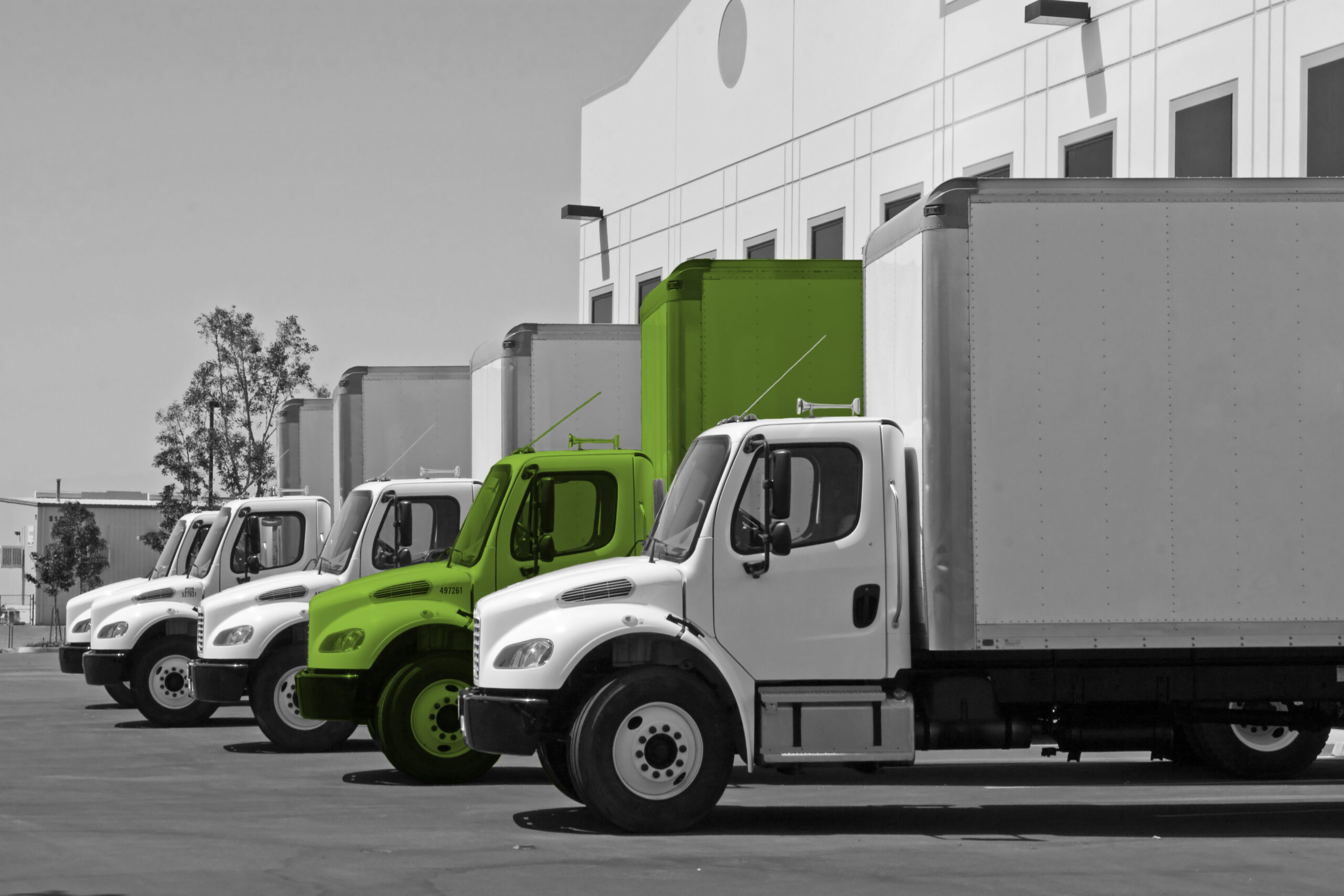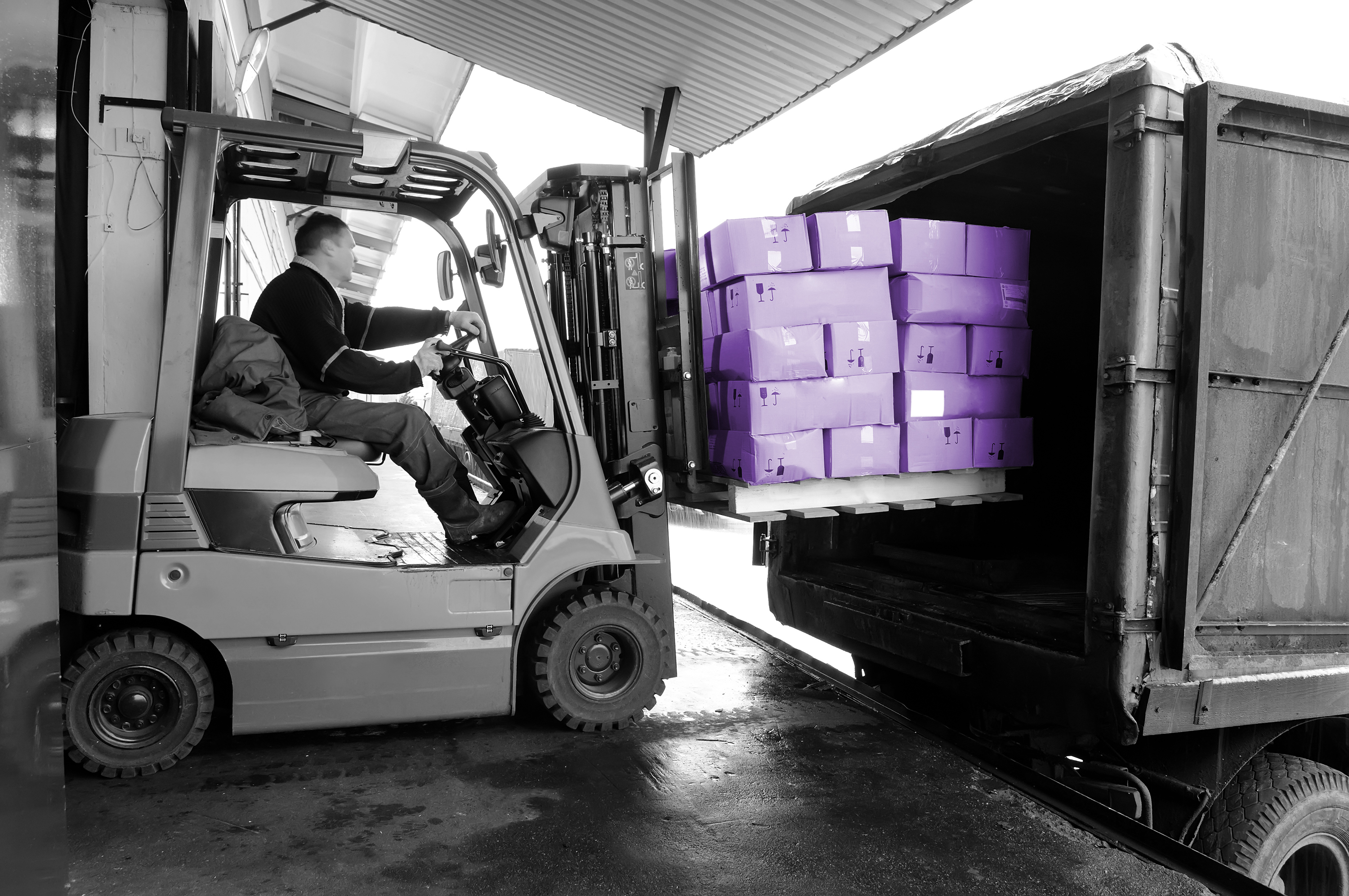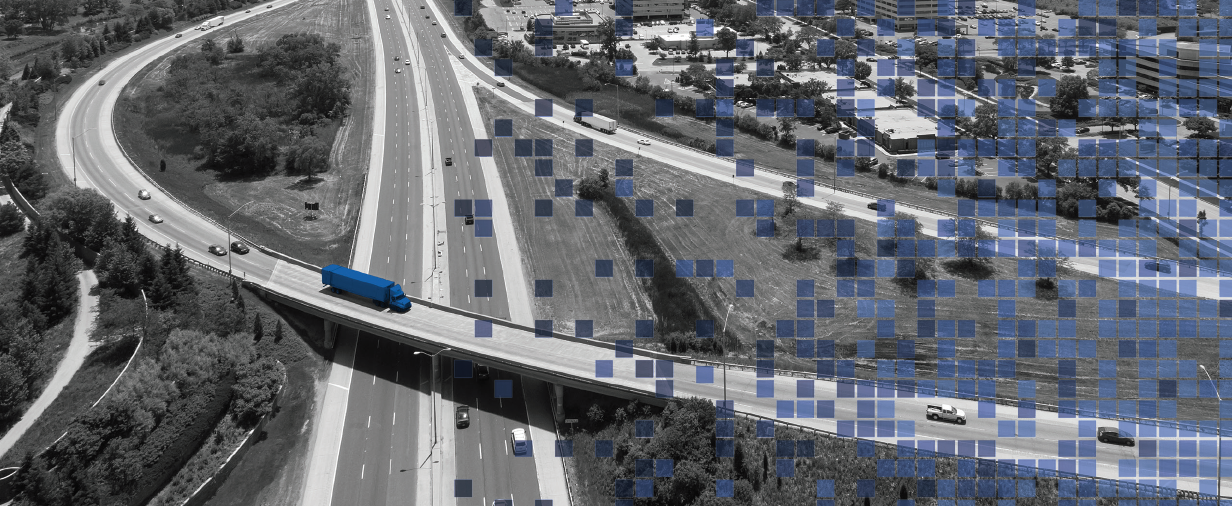Logistics technology can help companies improve functionality and allow them to get things done quicker with less human capital. While the benefits of implementing new technology are great, so are the initial costs. That is why it is important to invest in the technology that is right for your company and important to the current LTL industry.
Category: LTL
How to Get the Best LTL Rates
Companies are always looking for ways to save money, and one place they look to make cuts is on freight spend. However, because the market is currently oversaturated with freight, it may take some research to find the best rates for less than truckload (LTL) freight.
How to Determine the Best Shipping Mode for Your Freight
Full truckload, less-than-truckload, parcel, intermodal. Over-the-road, air, cargo ship, train. In today’s world, there are numerous ways to ship your company’s freight that it can be a daunting task to ensure you make the right call when it comes to moving freight. However, determining the correct shipping mode can have many benefits for your company, including cost-savings, operational efficiencies and improved customer relationships. But, how do companies determine the best mode for shipping their freight?
Improve Your Carrier Communication Strategy with Transparency
Shippers and carriers need to work together to get the best results. To do that, they need to be open and honest about their freight and share as much information as possible. By doing so, the shipping and delivery process can be improved and allow each company to garner significant benefits. As such, an effective communication strategy between shippers and carriers begins with transparency.
Is Intermodal Transportation Right for Your Company?
Intermodal transportation is becoming more and more popular for a number of shippers. It is a process that involves two or more modes or carriers to move goods from the shipper to the receiver. It can include full truckload, less than truckload, rail and cargo ship or any combination. Shippers have increased their usage of intermodal transportation since the pandemic and ecommerce surge because it is often less expensive compared to over-the-road shipping as it is generally charged per load instead of per mile.
However, the intermodal industry is seeing some of the same issues affecting the entire supply chain. Freight capacity remains very high, and it is causing congestion at shipping and inland rail ports, making deliveries take longer than they would in “normal” conditions. The drayage sector is also affected by the driver shortage that has negatively impacted the entire trucking industry. Additionally, as reported by the Journal of Commerce, there is a shortage of containers and chassis at major intermodal markets because of the high amount of freight.
Therefore, shippers need to weigh the benefits versus the challenges when deciding to ship intermodal or not.
Why are More 3PLs and LTL Companies Venturing into Last-Mile Delivery?
Improve Your LTL Freight Management with Dynamic Pricing
Change is constant. Throughout the supply chain, we see changes in material costs, demand, fuel surcharges – you name it. So, why in an industry that is constantly affected by change, are we stuck using static rate tables or routing guides? A dynamic industry requires dynamic pricing to get the best results.
The Importance of Freight Visibility Throughout the Supply Chain
When you think of freight visibility, what does that mean to you? Is it just about knowing where your freight is or when it will arrive at its final destination? Is it knowing that it was put on the truck and is on its way or is it knowing in real-time where that freight is throughout its entire journey from order placement through delivery? Or is it all of those things and more? The term freight visibility is changing as the industry adapts to the new reality – one that is driven by ecommerce and the Amazon Effect. But no matter what it means to your company, visibility is necessary for properly managing freight, labor, costs and customer service.
The Digitization of LTL Logistics
With the advent of the Internet of Things and the promise of artificial intelligence and machine learning right around the corner, digitization is impacting just about everything these days – including the logistics industry. Although, the industry is typically slower to adopt new technologies because of the complexity of the supply chain and the headache (and cost) that updating legacy programs and solutions would cause. However, as challenges increase and consumers become more acclimated to all things digital, the logistics industry, including the LTL sector, is realizing the need to get on board with digitization.
Making the Switch: How to Integrate New LTL API Technology
There is no denying it. Overhauling or updating legacy technology platforms is a big task. However, the opportunities it presents outweigh the challenges to performing the updates. Plus, as the transportation and logistics industry become more digitized, companies that don’t upgrade to fully automated technology, including volume-pricing APIs, are going to be left behind.









